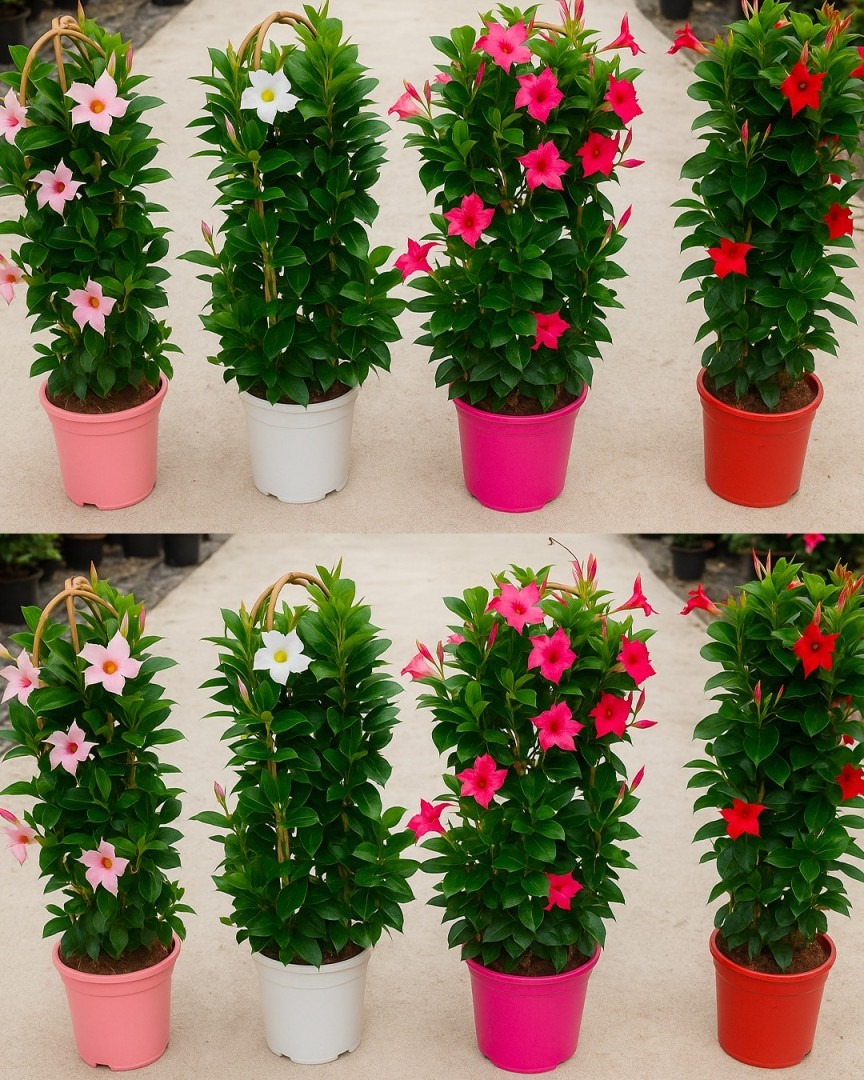Sure! Here’s an article for **”What to Do with a New Plant Right After Purchasing It”**, perfect for a gardening blog, home care guide, or lifestyle website:
—
**What to Do with a New Plant Right After Purchasing It**
*Give Your Green Friend the Best Start in Its New Home*
Bringing home a new plant is an exciting moment — whether it’s a leafy monstera, a vibrant flowering begonia, or a low-maintenance succulent. But before you place your new plant on a shelf and call it a day, there are a few important steps to take to ensure it settles into your home and thrives. Here’s exactly what you should do with a new plant right after purchasing it:
—
### 1. **Inspect the Plant**
Before introducing your new plant to your home or garden, check it closely for pests, diseases, or damage. Look under the leaves, in the soil, and around the stems for any signs of bugs (like aphids or spider mites), mildew, or root rot. If you notice anything concerning, isolate the plant and treat it before placing it near your other greenery.
—
### 2. **Quarantine It**
Even if the plant looks healthy, it’s a smart idea to isolate it from your other plants for about 7–14 days. This “quarantine” period helps prevent the spread of hidden pests or fungal issues that may not show up immediately. Keep it in a bright, well-ventilated area and monitor for any changes.
—
### 3. **Check the Soil & Pot**
Most plants from garden centers or nurseries are in temporary nursery pots with soil that may not be ideal for long-term health. Stick your finger about an inch into the soil—if it feels compacted or overly wet, you might want to repot sooner rather than later.
However, avoid repotting immediately unless the plant is rootbound, waterlogged, or clearly struggling. Let it acclimate to your home for a week or two before stressing it with a new environment *and* new soil.
—
### 4. **Water Carefully**
Water needs vary by plant, but many plants are either under- or overwatered before sale. Feel the soil: if it’s bone dry, give it a moderate watering. If it’s soggy, let it dry out before watering again. When you do water, make sure the pot has drainage holes so excess water doesn’t sit at the bottom and cause root rot.
Continued on the next page
